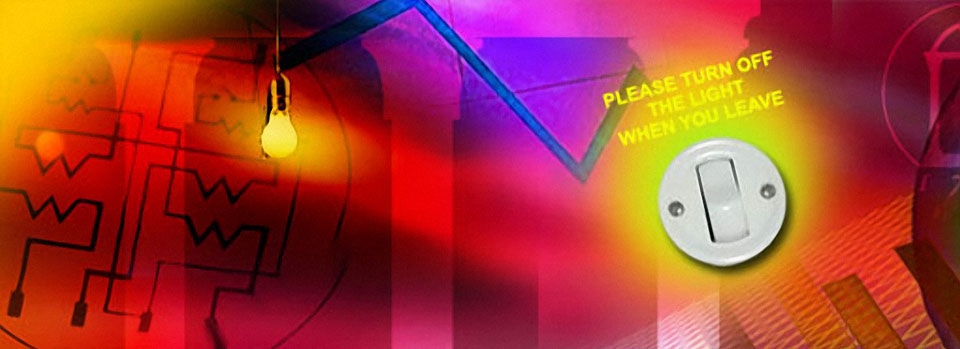This semester, seven students armed with sensors, data loggers and other monitoring devices will poke around the Driftmier Engineering Center searching for evidence of energy waste.
They will be fulfilling requirements for an advanced engineering class, but they also will likely come up with concrete suggestions for ways the university can achieve savings in energy use and energy costs.
The students—seniors in ENGR 4660 taught by Tom Lawrence, a faculty member in biological and agricultural engineering—will be conducting an energy audit on Driftmier. They will be examining everything from the building’s heating and air conditioning systems to light bulbs and thermostats, trying to find where energy is being wasted—and how it can be stopped.
Energy audits, particularly on older buildings, are a primary way the university can lower energy use and costs, according to a report prepared by the Energy Conservation Executive Committee—a group of faculty, staff and students formed earlier this year. The committee said audits can reveal defects and inefficiencies in building equipment and systems that waste energy, and also can show how energy can be saved through steps as simple as turning off lights and computers (see story, at bottom).
Lawrence, a member of the committee and a public service associate in the UGA Engineering Outreach Program, conducted a pilot audit on the ecology building earlier this year and concluded that for an investment of $48,560, the university could save about $25,000 annually in energy costs for the building.
The work would yield another important benefit, Lawrence found: carbon dioxide emissions from the building’s electrical and steam-generating systems could be cut by 385 tons annually. Excessive carbon dioxide is associated with atmospheric problems such as global warming.
Lawrence’s recommendations include “re-commissioning” the HVAC units to remedy operational deficiencies, sealing air leaks and installing fan speed controls in the air handling units and temperature setbacks in some rooms. Further energy savings are possible with use of new technologies, such as sensors or controls that reduce or turn off lights in unoccupied rooms and areas with sufficient daylight, he said.
The work won’t solve all the building’s problems, but could result in energy savings worth about $25,230 a year, Lawrence said.
His students will use the ecology audit as a model for the Driftmier Center, which was built in 1966 and has the potential for similar energy savings with improvements to lighting, HVAC and other systems. They will produce a report with recommendations for increasing energy conservation and lowering costs for the building.
The project not only will help the university save energy, but also gives the students practical experience that will be valuable when they go job hunting after graduation, Lawrence said.
In addition to the ecology building audit, Lawrence put together a separate report on how an energy conservation program for campus buildings might work. He recommended the university develop a plan to conduct up to six building audits and modifications a year and make the program a continuous process in coming years.
